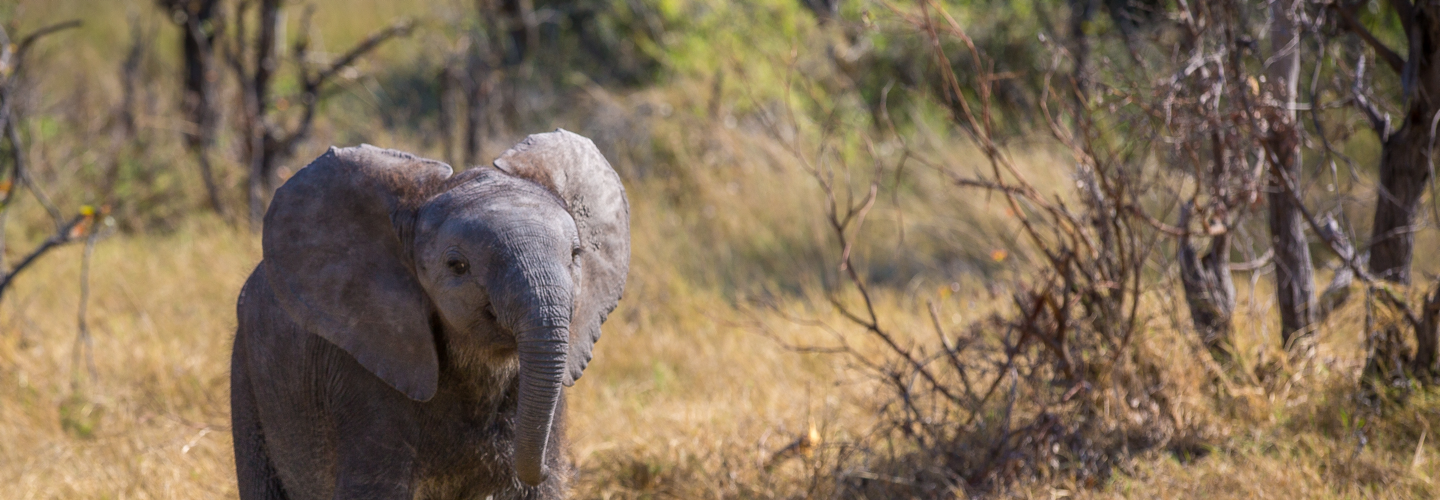
ESSENTIAL BACKGROUND AND CLASSROOM ACTIVITIES
African elephants play a huge role in the ecosystem. They are keystone species and the foundation for maintaining biodiversity. During the dry seasons, they use their tusks to dig for water. This allows them as well as other animals to survive in the harsh climate. African forest elephants also create gaps in the vegetation when they eat, which allows new plants to grow and creates pathways for other small animals to use. They are also one of the major ways the trees disperse their seeds. When elephants graze on the plants they intake a lot of seeds. When they poop, (insert link to video) many seeds get dispersed around the Savannah which will allows many plants and trees to grow, boosting the health of the ecosystem.
Elephants are absolutely essential to the overall health of the ecosystem, but they are facing dire circumstances.
Parents, teachers and students can use our classroom activities to help students build their knowledge of African elephants and think critically about the issues affecting their survival. The activities correspond to the events in Naledi’s real life story and represent the challenges affecting her species. By doing the activities in the classroom or as part of a club project, students will be better prepared to describe their understanding of the science and human dimensions affecting African elephants survival and develop their best idea to help save them.
Get The Activity Guide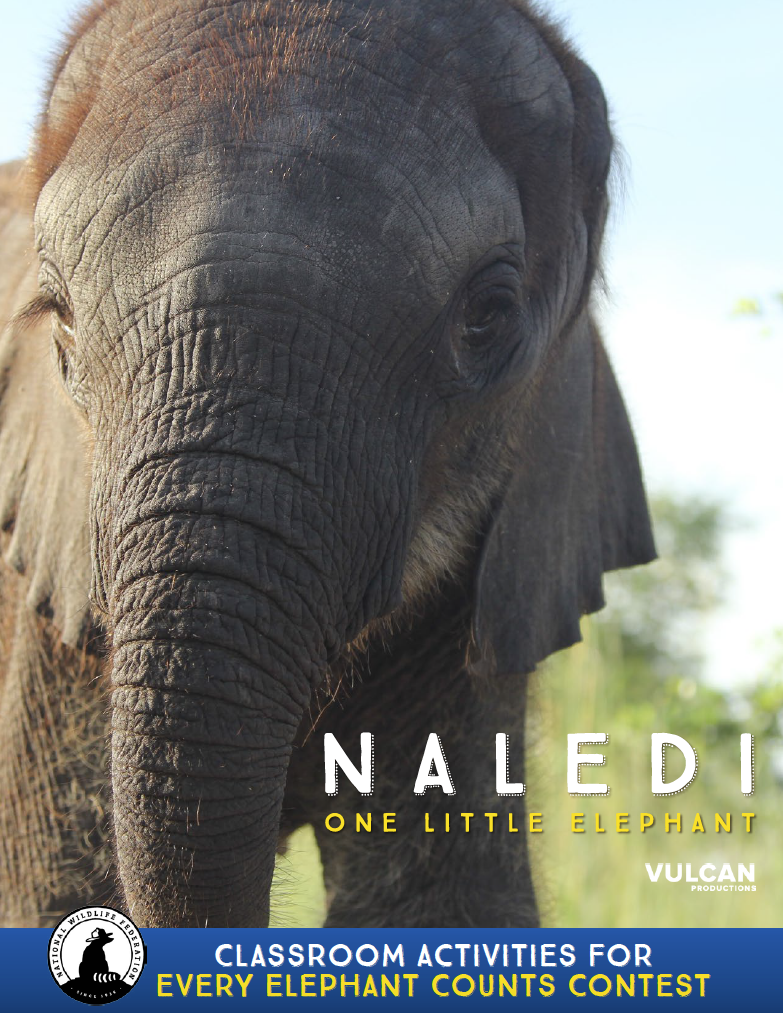
ISSUES
Loss of Habitat
Loss of African elephant habitat is due to overpopulation, deforestation, overgrazing, and poaching. As the world continues to grow, the amount of space elephants and many other species can occupy is shrinking. The elephants have to compromise their habitat for the large amount of farming and hunting humans need to survive. In many countries in Africa, the soil is not good for crops. So, many farmers usually use the land for a couple of years then search elsewhere to grow their crops, leaving the land barren and unsustainable for living species. Farmer’s livestock also overgraze, which strips the land of its nutrients. Furthermore, farmers burn a copious amount of trees from the forest, effecting the livelihood of many species and releasing a lot of CO2 in the air.
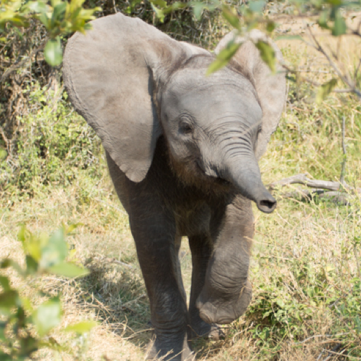
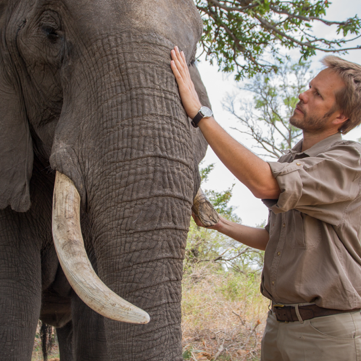
Poaching and Wildlife Trafficking
Wildlife trafficking is the illegal poaching, transit, trade and sale of protected or managed species. This illegal trade in wildlife and their related parts and products – has escalated into an international crisis. The U.S. Fish and Wildlife Service (USFWS) estimates that wildlife trafficking generates more than $10 billion a year for transnational organized criminal networks.
Within the last few decades, ivory poaching has become a multi-million dollar industry. The ivory that comes from an elephant’s tusk is considered a symbol of wealth in many Asian countries, especially in China’s rising middle class. The ivory is made into precious materials such as ornaments and jewelry. Around 30,0000 elephants a year are killed because of poaching and this illegal activity.
The United States is implementing a ban on commercial elephant ivory trade to confront the decline of elephants in the wild. You can learn about current actions the USFWS International Affairs program is taking to stop the illegal ivory trade and to educate consumers not to buy products made with ivory.
Climate Change
Elephants are affected by climate change in many ways. As the temperatures rise, vegetation in savanna cannot survive or grow quickly enough. This leads to a food shortage where many species compete for food or starve to death. Elephants need at least 300 to 600 pounds of food everyday. As well as food, climate change affects the amount of water in the savanna. Elephants may drink 50 gallons of water a day. Climate change has caused elephants to dig deeper and deeper to search for water. This deep digging can result in their tusks being damaged or broken off. They also need water to bathe and keep cool. Furthermore, the elephant’s mating season is typically during the wet rainy season. Without the rain fewer baby elephants are born.
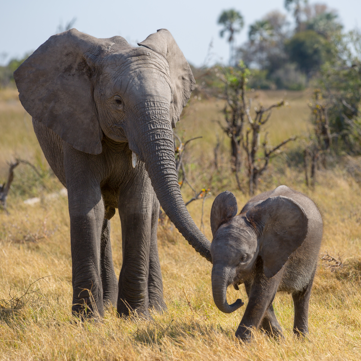
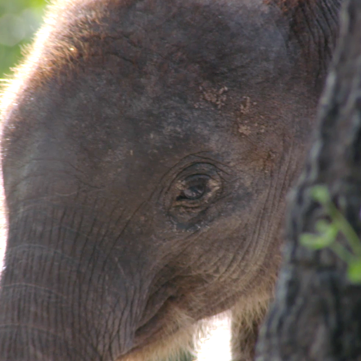
Population
People play a large role in the decline of elephants in the wild. As the number of people living in elephant country grows, the amount of space for elephants decreases. As more people move into places where elephants live, the amount of habitat for elephants shrinks. Plus more people grow more crops or bring grazing livestock with them and further deplete the health of the ecosystem.